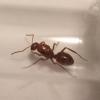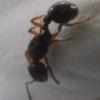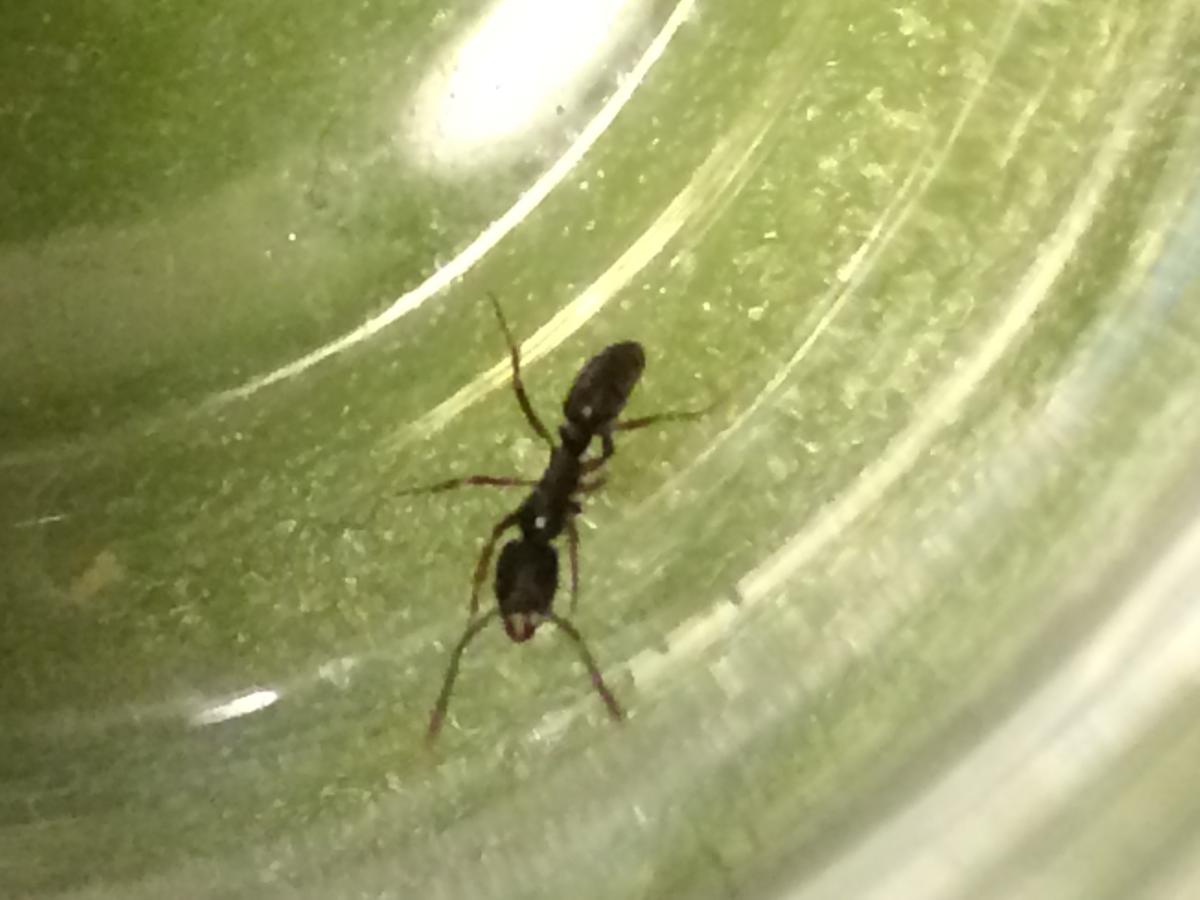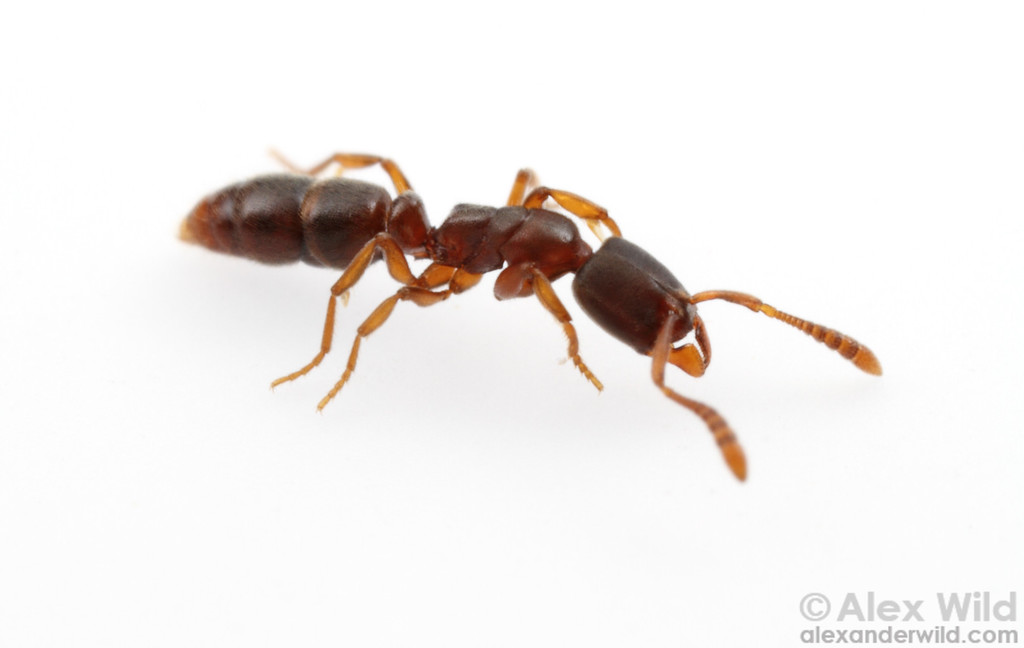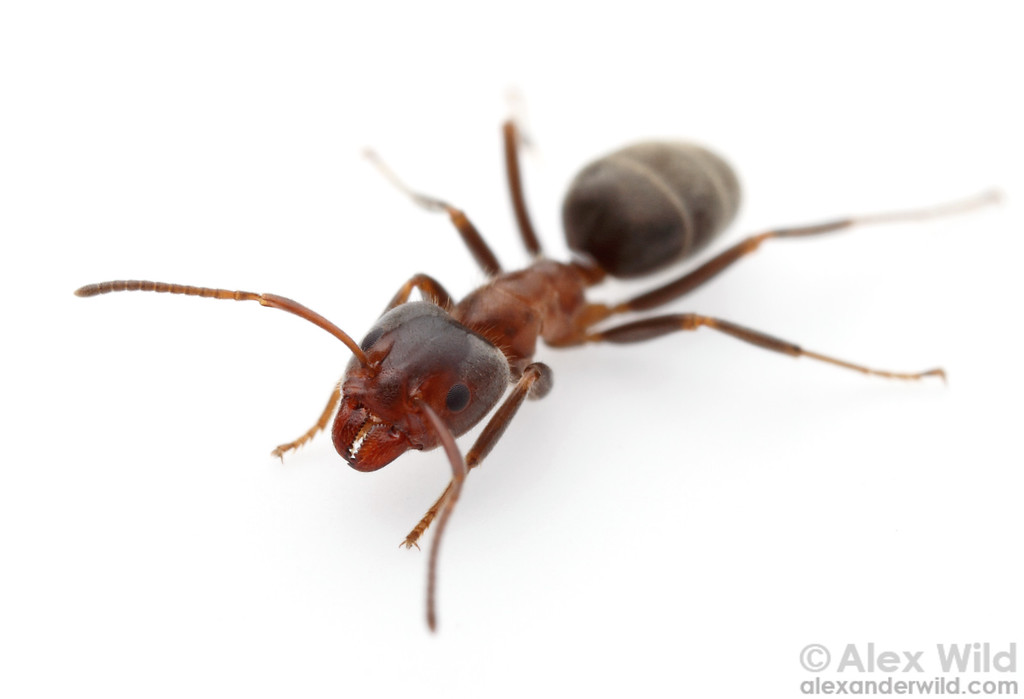2. January 16
3. Young pine forest
4. 5 mm
5. black as far as i can tell
6. single petiole node, slender abdomen and thorax with a more square shaped head relatively stream lined in side view as well
7. They can't climb at all, want to be hidden all the time and won't sting even when provoked.
8. I collected them from a rotten log. I'm not sure if i have the queen but i'm relatively certain i have the whole colony so i have my fingers crossed
Edited by dirt_eater, January 16 2016 - 5:17 PM.
Removed profanity

